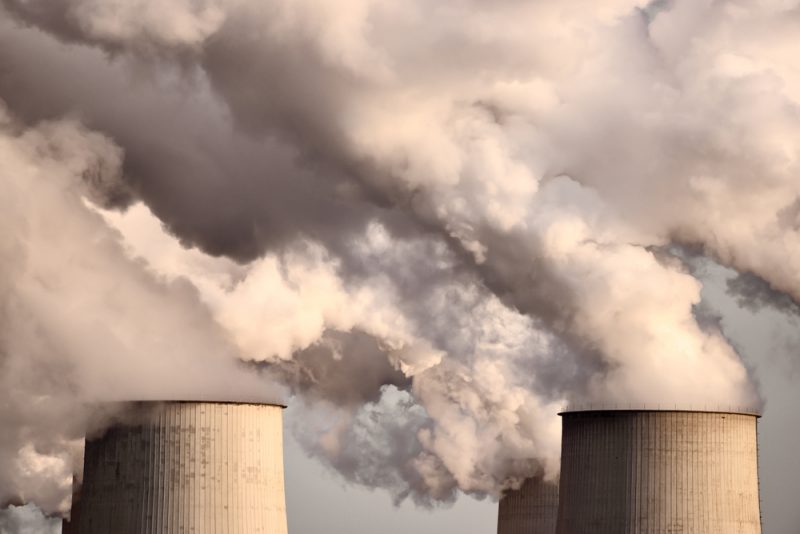EIA predicts energy-related carbon dioxide emissions will fall in 2017, increase in 2018

The U.S. Energy Information Administration’s (EIA) Short-Term Energy Outlook forecasts a drop in energy-related carbon dioxide (CO2) emissions for 2017 but a 2.2 percent increase in 2018.
CO2 emission related to energy declined in 2015 and 2016 but increased in 2010, 2013 and 2014.
Weather has a significant influence on energy consumption levels and the resulting emissions. Changes in population-weighted degree days, which reflect deviations from a base temperature of 65 degrees Fahrenheit, can be used to estimate weather-related energy demand.
By the end of 2017, annual heating degree days are predicted to be higher than in 2016 and cooling degree days are expected to be lower.
EIA’s short-term projections for heating and cooling degree days generally show a return to normal temperatures, based on the average of the previous 10 years. Because of this, EIA predicts that in 2018, both heating and cooling demand will increase, by 7.5 percent and 2.4 percent, respectively.
This will drive increased use of heating and air-conditioning. Because coal and natural gas are used to generate approximately 63 percent of the United States’ electricity, growth in electricity consumption translates to more emissions from coal and natural gas power plants.
In 2018, energy-related CO2 emissions are projected to increase for all three fossil fuels, petroleum, natural gas and coal, totaling 111 million metric tons of additional CO2 emissions.
Electricity generation from hydropower is expected to decrease in 2018 by 30 billion kilowatthours (kWh) due to a decrease in precipitation compared to the abnormally high levels of 2016 and 2017. Carbon-free electricity generation is expected to decline by 5 billion kWh in 2018, which would mark the first annual decrease in electricity generation from non-carbon sources since 2012.
Electricity generation from coal- and natural gas-fired sources is expected to rise by a combined 97 billion kWh due to an increase in total power generation.
EIA anticipates that CO2 emissions from coal will increase by 28 million metric tons and that CO2 emissions from natural gas will increase by 29 million metric tons, which combined makes up 52 percent of the forecasted increased in energy-related emissions for 2018.
